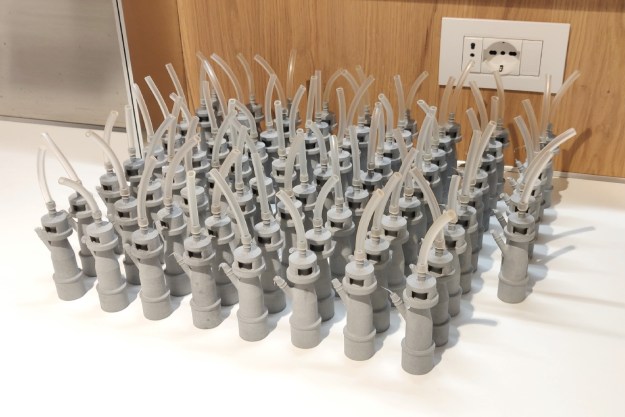Developed by The University of Texas Medical Branch (UTMB) at Galveston and MakerNurse, the new MakerNurse lab is the first dedicated makerspace in a U.S. hospital for health care providers. The makerspace lab is arranged into stations with each one focused on a different medical challenge, such as assistive care or fluid control. Nurses have the ability to use 3D printers, laser cutters, sensors, microcontrollers, fabrics and more in their design. Medical staff are encouraged to think creatively while they design new devices or improve existing devices using the high-tech tools at their disposal.
Once a device is created, a nurse then has the option of recording a demonstration showing how to use the device, while also being able to capture a “selfie” picture giving credit to the individual who created the device. Medical professionals must follow a series of safeguards before utilizing their creation in a real life scenario. Before an invention can be used for patient care, the device must be tested and approved by a review board. It also must be sterilized before entering the hospital floor.
The MakerHealth Space at UTMB may be the first dedicated makerspace to be installed permanently in a U.S. hospital facility, but it is not the only maker lab available for health professionals. As part of its existing program, MakerNurse operates several mobile spaces in hospitals and nursing schools across the U.S. MakerNurse is a part of the larger MakerHealth program, which provides making facilities for those involved all aspects of health care, including physicians, caregivers, and patients.
Editors' Recommendations
- Fighting football injuries with 3D-printed, hyper-personalized pads
- Ceramic ink could let doctors 3D print bones directly into a patient’s body
- GPS-tracking, 3D-printed decoy eggs can help root out illegal poachers
- This startup says it will be 3D-printing entire houses within a year
- The 50-year old Silicon Valley lab that practically invented modern computing





